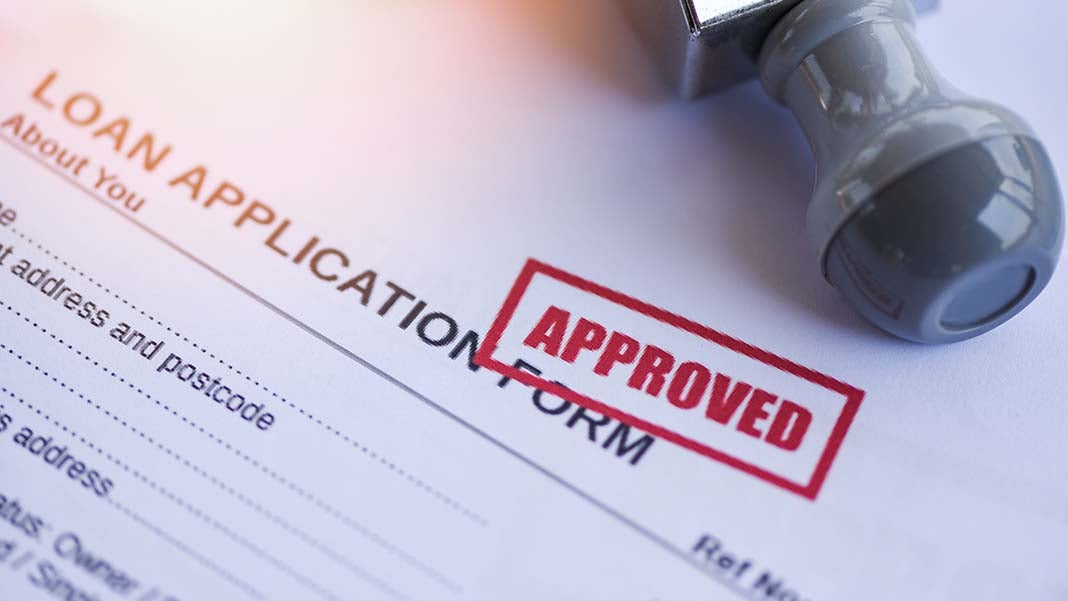Avoid These 5 Common Mistakes on Your Loan Application
By: Eddie Davis

Lack of preparation and poor planning can sink your chances of getting approved for a small business loan.
Your loan application is an opportunity to present your business in the best light. In other words, it’s your chance to minimize the risk you represent and maximize a lender’s confidence in your ability to repay the loan. Unfortunately, several common oversights land countless loan applications in the rejection pile.
A little foresight and adequate preparation can make the difference between your loan request being accepted or rejected. And with alternative lenders now offering streamlined application processes that can often be completed in a few quick clicks, there’s really no excuse for not doing your homework on the front end.
Avoid these five common oversights to maximize your chances of securing the loan your business needs to grow and thrive.
1. Failure to check your credit.
Before you even think about submitting a loan application, be sure to check your credit. It’s crucial to know your credit rating. Why? You need to understand exactly how lenders will view the level of risk you pose, which relates directly to your chances of approval. Just as important, you need to fix any errors that can ding your score before you apply for a loan.
Be sure to check your personal credit with all three reporting agencies: Equifax, Experian and TransUnion. If you’re an established business that’s had a chance to build up business credit, you’ll need to check those ratings as well. The three main reporting agencies for business credit are Dun & Bradstreet, Equifax Business and Experian Business.
Depending on how established your business is, what type of lender you’re borrowing from and the type of loan you’re requesting, one or both credit ratings (personal and business) may be taken into account. When possible, take the time to improve your scores before applying for a loan to increase your chances of approval.
2. Asking for too much, or too little.
As crazy as it may sound when talking about qualifying for a small business loan, knowing your audience can go a long way toward getting approved. Different types of lenders have a history (and comfort level) dealing with different loan amounts.
Traditional banks, for example, are accustomed to approving larger loans (think: $250,000 and up), so they may not be as receptive to lending smaller sums. In this case, asking for a smaller loan may actually hurt your chances of being approved.
Alternative lenders, on the other hand, have a stronger track record lending smaller sums. You’re likely to have a better chance getting approved for a loan that’s less than $250,000 with an online lender.
3. Failure to explain how you’ll use the borrowed funds.
Chances are, you wouldn’t loan a friend $1,000 without knowing what it was for. Why should lenders be any different? Not explaining exactly how you plan to use the funds doesn’t instill lenders with much confidence in your ability to repay the loan.
When you’re applying for a loan, always tell lenders how you plan to use the money to meet your specific needs and grow your business. The ultimate factor lenders consider when deciding whether or not to loan you money is how much risk you represent. The more information you give them, the less they’ll see you as a risk.
4. Failure to prove you can pay back the loan.
Whether you’re asking for a small loan from an alternative lender or a large sum from a traditional bank, it’s imperative that you detail exactly how you plan to repay the loan.
You’ll need to get a solid handle on your cash flow in order to make a convincing case that you can comfortably repay the loan. Lenders want to see a history of cash flow that can clearly cover your regular business expenses—plus your loan payments.
If your history falls short in this regard, future projections can go a long way to show a lender how you’ll get there. Simply put, you need to detail exactly how you’ll get to a place where your cash flow can comfortably cover the monthly payments for the amount you’re requesting.
Fortunately, analyzing your cash flow and making projections isn’t nearly as difficult as it sounds with the help of intuitive online tools.
5. Failure to provide a solid business plan.
Similar to your cash flow projection, a solid business plan is crucial for showing lenders where your business is headed with the help of their funds. This road map is a golden opportunity to make your case to lenders who are looking for a reason to believe that you can repay your loan.
Your business plan is where you detail your business goals, and lay out a plan that shows lenders exactly how you hope to achieve them. Submitting a loan application without providing this vital information leaves lenders with too much to question, and they’re unlikely to have enough confidence in your ability to repay the loan to approve your application.
With a little foresight and thorough planning, you can avoid these common oversights and significantly improve your chances of being approved for a small business loan.
2628 Views












